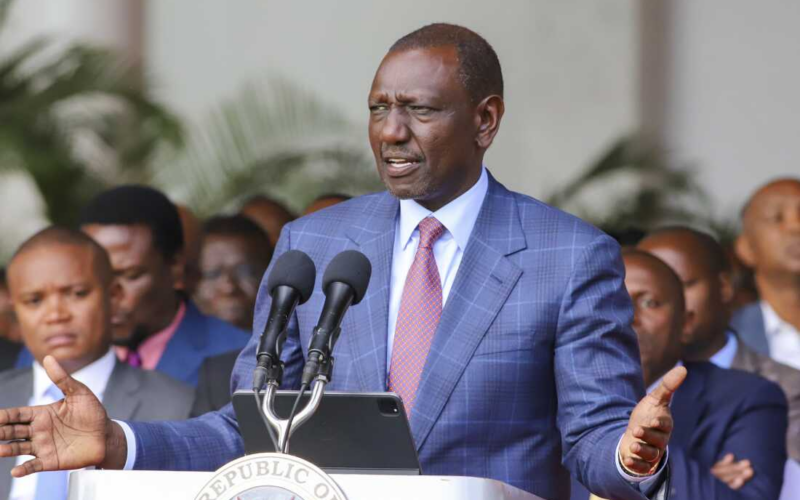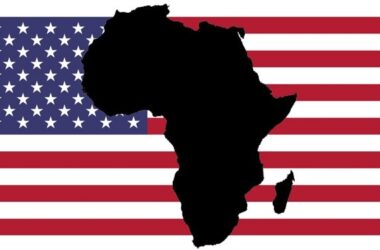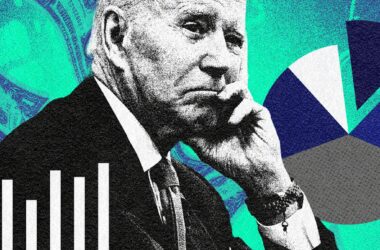President William Ruto announced that Kenya will need to significantly increase its borrowing after retracting a proposed finance bill aimed at raising taxes, a decision made following widespread protests.
Kenya’s President William Ruto has confirmed that the country will have to substantially increase its borrowing after abandoning a controversial finance bill that aimed to raise government revenues through higher taxes. The bill was withdrawn last Wednesday in response to violent protests, including an incident where the parliament building was set on fire.
Speaking to the press on Sunday, President Ruto detailed the financial repercussions of this decision, stating that Kenya now faces the necessity of borrowing an additional 1 trillion Kenyan shillings (approximately $7.6 billion or £6.1 billion) to maintain government operations. This figure represents a 67% increase over previously planned borrowing.
The rejected finance bill was designed to generate about 350 billion Kenyan shillings through increased taxes and an additional 600 billion shillings in borrowing. These measures were part of a broader strategy to manage Kenya’s substantial debt, which currently exceeds $80 billion (£63 billion). About 60% of the country’s collected revenues are allocated to servicing this debt.
“I have been working very hard to pull Kenya out of a debt trap,” President Ruto explained. “It is easy for us, as a country, to say: ‘Let us reject the finance bill.’ That is fine. And I have graciously said we will drop the finance bill, but it will have huge consequences.”
He pointed out that the withdrawal of the bill could severely impact government programs, including the employment of 46,000 junior secondary school teachers on temporary contracts and healthcare services. Plans to support dairy, sugarcane, and coffee farmers, such as paying off debts owed by their factories and cooperative societies, are also under threat.
The president acknowledged the protesters’ concerns regarding potential government waste of the additional tax revenue and announced that he is considering significant cuts in government spending. This could include reductions in his own office budget and the elimination of funding for the First Lady and Deputy President’s spouses.
Despite these concessions, President Ruto emphasized the necessity of finding alternative sources of revenue and managing the nation’s debt burden responsibly. He stated that failing to raise taxes while increasing borrowing significantly would set the country back two years in its financial recovery efforts.
The initial announcement of the tax hikes triggered a series of deadly protests, reflecting deep public dissatisfaction with the government’s economic policies and perceived insensitivity to the economic challenges faced by ordinary Kenyans. According to a doctors’ association, at least 23 people were killed, and many others were injured during the protests.
The protests are expected to continue, with demonstrators demanding greater government accountability and some calling for President Ruto’s resignation. The president defended the actions of the police during the protests, stating that they had “done their best” under difficult circumstances, and assured that any instances of excessive force would be addressed through proper channels.
As the nation grapples with the fallout from these events, the Kenyan government faces the dual challenge of managing public discontent while securing the financial stability needed to meet its obligations and support its citizens.








